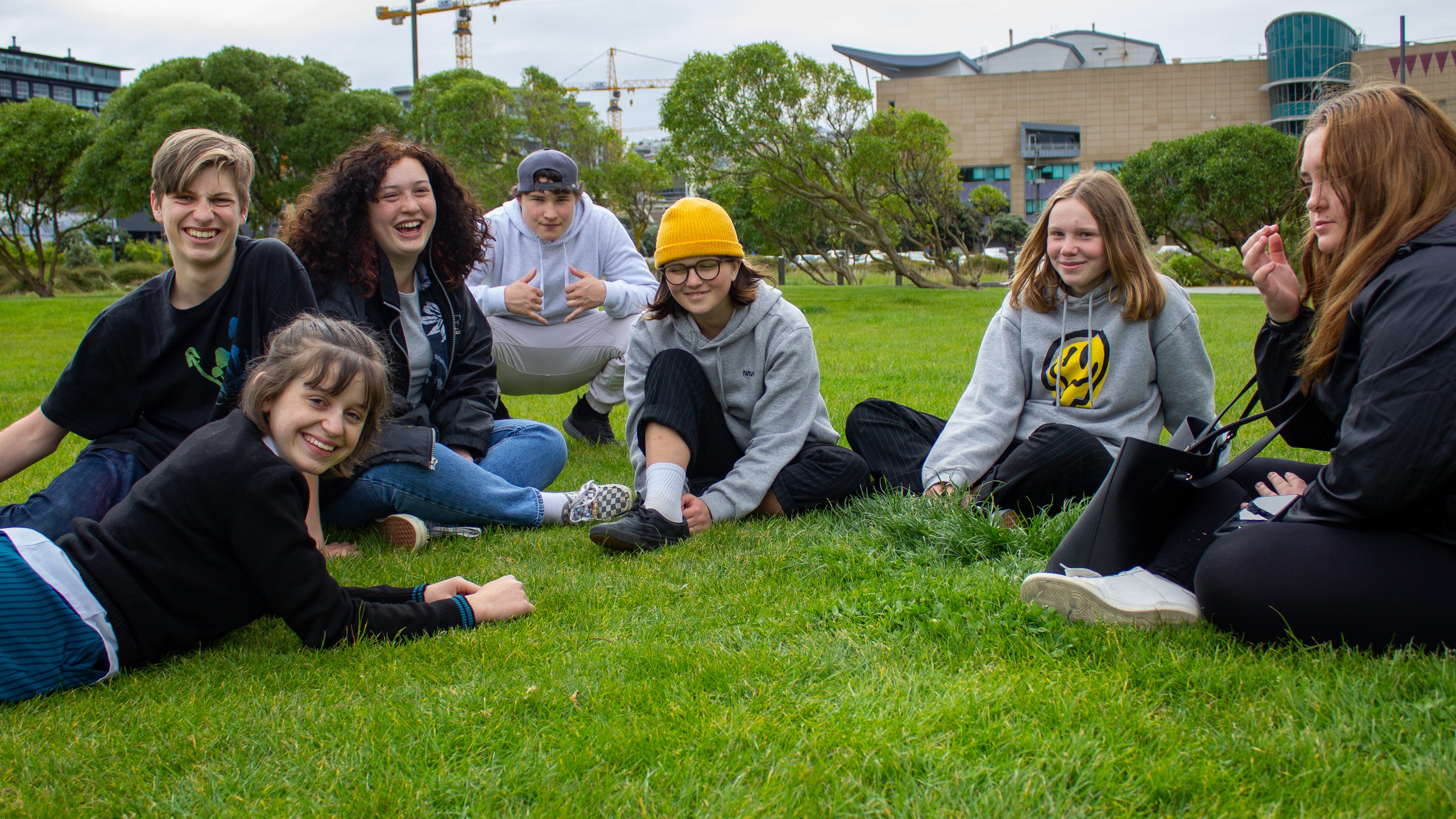Youth Engagement

Youth Engagement is about supporting youth voice to be meaningfully embedded in decision-making across government and within communities so that young people’s perspectives can be listened to and valued, and guide government/wider community action. It's about creating opportunities for young people to be involved through the development of a range of formal and informal youth engagement mechanisms, from youth advisory groups to surveys/focus groups, from ongoing consultation work to supporting youth-led projects. There are many reasons for including young people in decision-making.
About Youth Engagement
Youth engagement means better decisions and increased efficiency
Evidence shows that policies and programmes designed after consultation with users are more likely to be effective. By using youth engagement you are more likely to get it right the first time and avoid wasting time and money on services young people don't want to use.
Youth engagement strengthens community capacity
Giving young people a place in decision-making builds a broader base of citizen involvement and creates stronger, more inclusive communities. Youth engagement is necessary in the development of active citizenship because it balances young people's social rights with their responsibilities.
Youth engagement contributes to positive youth development
Research shows that young people who are supported to engage in decision-making are more likely to have increased confidence and self-belief, exercise positive career choices and have greater involvement and responsibility in the future.
Youth engagement enhances your organisation's relationship with young people
Youth engagement challenges negative stereotypes of young people and help break down barriers between adults and young people. Involving young people in decision-making can improve attitudes towards understanding about young people and create a greater awareness of youth issues in an organisation.
Youth engagement is a right
Aotearoa New Zealand became a part of the United Nations Convention on the Rights of the Child (UNCROC) in 1993. UNCROC states that all young people under the age of 18 have the right to engage in decision-making. It recognises their rights to express their opinions, to have their opinions considered in decisions that affect them and to receive and give information and ideas.
Principles of Youth Engagement - Step One
Organisational commitment
Support staff doing youth engagement
Do a presentation to staff/management about the benefits of youth engagement for your organisation.
Allocate adequate resources
Consider the unusual budget requirements you might need.
Offer real roles and relevant issues to young people
How you can involve young people who have experience and interest in the issue /decision?
Value young people's contribution
What are the different ways young people's contributions can be recognised and their engagement celebrated?
Involve young people from the beginning to the end of the process
Think about involving young people in developing the objectives and evaluating the project.
Principles of Youth Engagement - Step Two
Create space for young people's involvement
Acknowledge young people's cultural beliefs and values
How can you interest and retain young people from different cultural backgrounds?
Invite a diverse range of young people to engage
Talk to youth workers/youth organisations in your community for advice on how to connect with young people who would not normally get involved.
Ensure engagement opportunities are accessible
What would be a youth-friendly time and place to hold a consultation for young people in your community?
Inform young people about opportunities and that they are under no obligation to engage
Do you have good information for young people about the commitments and expectations of being involved in a youth advisory group?
Recognise engagement is beneficial to young people
What will young people get out of their involvement in the youth engagement opportunity?
Principles of Youth Engagement - Step Three
Create a youth-friendly environment
Build positive relationships between your organisation and young people
What opportunities could young people have to meet face-to-face with key decision makers in your organisation?
Develop a sense of belonging and security for young people
What kinds of things could your organisation do to develop trust with a new youth advisory group?
Create youth engagement that is fun and challenging
What kinds of icebreakers and energisers could you use in a focus group activity?
Provide young people with information about the issue and decision-making process
Consider what kind of information, orientation and training you need to provide to help young people develop informed opinions and encourage their full engagement.
Provide young people with timely feedback about the decision-making process and how their input was used.
How will you keep young people updated and informed about the decision-making process?
Models of youth engagement
Models of youth engagement can be useful when developing and reviewing youth engagement projects. They can help you decide the most suitable level of youth engagement for your project, and can be used to evaluate and improve youth engagement in your organisation.
Hart's Ladder
Hart's Ladder provides an easy way to evaluate the quality of youth engagement in any project. Using Hart's Ladder can help organisations to identify and get rid of non-engagement practices. It encourages people to climb off the lower levels of non-engagement and think of ways to genuinely engage young people in the higher levels of engagement.